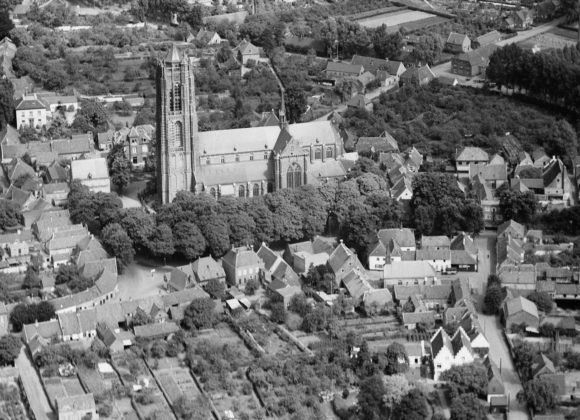1. The organization of the museum In addition to the management and board of the museum, there is a whole team of volunteers who make it possible to keep the museum running. We do all this with the financial support of the municipality of Oirschot, the Circle of Friends of Museum de Vier Quartieren and sponsors, for which we are very grateful. The board is part of a foundation with the same name. The museum is recognized as a Registered Museum. Of the 120 regional museums in Brabant, 36 have this status. That is, the museum is a permanent institution, not for profit, serving the community and its development, accessible to the public, which collects, preserves, researches and exhibits and information about the material and intangible testimonies of man and his environment. provided for study, education and recreation.
Organization
2. Our values Oirschot has a special and rich history and has a lot of cultural heritage. Museum de Vier Quartieren is the Oirschots museum. It tells the story of Oirschot and wants to show in a meaningful and experiential way how Oirschot has become what it is today. This is done through exhibitions and activities inside and outside the walls, physically and digitally, with the knowledge and expertise of about sixty volunteers, 6 days a week. The museum has the following five values: Collection value The museum has a unique collection that is well preserved and managed. In our collection policy we have the ambition that this collection provides a representative picture of the special history of Oirschot and daily life. The chosen storylines are: religious, administrative, military, craft and agricultural heritage. We approach this from the perspective of everyday life and intangible heritage. Educational value The museum tells the story of Oirschot and its inhabitants, and makes the link between past and present for young people and adults through educational exhibitions, school projects, youth projects, guided tours and lectures (indoor and outdoor). There have been good contacts with the primary schools for years and successful educational programs such as 'Falling with your ass in the butter' (group 6), 'Jet en Jan, jong in 1910' (group 5) and 'Museumschatjes' (groups 1 to 8). ). Connecting value More knowledge leads to more awareness and a better perspective on contemporary society and to more understanding between cultures and generations. People are proud of their history and culture (identity) and feel more connected (citizenship, cohesion). Experiential value A visit to the museum should also be an experience through attractive, contemporary exhibitions and surprising and inspiring angles. From 2020 we will stimulate the imagination of visitors in an innovative way and inspire people. Economic value The stories about the historical development of Oirschot contribute to the heritage image and the economic attractiveness of the municipality.
3. Our mission What do we want to be? 1. a valued museum for the municipality, residents, visitors and entrepreneurs; 2. a museum where the history ('the story') of Oirschot appeals to the imagination; 3. a museum that makes a meaningful contribution to the heritage of Oirschot; 4. a hospitable museum that is easily accessible and findable physically and online; 5. a party that institutions like to work with; 6. an organization where volunteers enjoy working; 7. an organization with a sound financial basis. What do we want to achieve? As 'the Oirschots museum', the main goal is to inspire visitors and residents (young and old) in a meaningful and experiential way and to tell stories about the special history and identity of Oirschot. The sub-goals for this are: • collecting, preserving and opening up objects that are related to Oirschot's identity and that are meaningful to pass on to the next generation; • telling stories about the history of Oirschot on the basis of special objects from the collection and from the community (storytelling). Experience is the key word here; • play a key role in the implementation of the municipal Heritage Memorandum.





